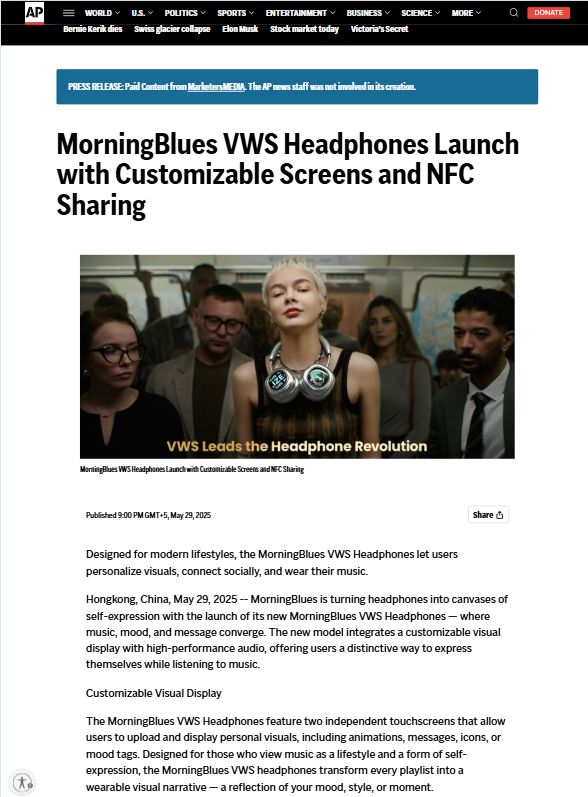If you’re aiming to improve your website’s search engine performance, one of the most critical tools in your arsenal is an SEO rank report. Understanding how to do SEO rank report can significantly influence how your digital strategies unfold. Whether you’re a seasoned marketer or a small business owner, a well-structured SEO rank report provides valuable insights into what’s working, what’s not, and where to optimize.
In this professional guide, developed in favor of IMCWire, we’ll explore everything you need to know about crafting a high-quality SEO rank report that supports data-driven decisions and measurable SEO success.
Table of Contents
What Is an SEO Rank Report?
An SEO rank report is a document that tracks how a website or web page ranks on search engines for specific keywords over time. These reports are essential for identifying keyword performance, analyzing competitor rankings, and evaluating the success of ongoing SEO strategies.
Understanding how to do SEO rank report effectively means you can:
- Monitor keyword movements
- Track traffic and engagement changes
- Evaluate on-page and off-page SEO impacts
- Plan future optimization campaigns with confidence
Why Is SEO Rank Reporting Important for Your Business?
Without tracking keyword rankings, your SEO campaigns are essentially flying blind. A consistent SEO rank report reveals whether your efforts are driving results or need to be adjusted.
For digital marketers and entrepreneurs using IMCWire, integrating rank reporting as part of their overall digital marketing strategy ensures that press releases, content marketing, and media outreach efforts remain optimized for visibility.
Step-by-Step Guide on How to Do SEO Rank Report
Let’s break down the process so you can begin creating professional-grade reports that showcase your SEO performance.
1. Define Your Keyword List
Before you can track rankings, you need a list of keywords to monitor. This includes:
- Branded keywords
- Product/service keywords
- Local SEO phrases
- Long-tail and informational keywords
Use tools like Google Search Console, SEMrush, Ahrefs, or even Google Keyword Planner to discover terms you already rank for or want to target.
2. Choose the Right SEO Rank Tracking Tool
An essential part of learning how to do SEO rank report involves selecting reliable tools. Some popular tools include:
- SEMrush: Offers detailed keyword tracking with competitive analysis
- Ahrefs: Includes SERP tracking, keyword fluctuations, and historical data
- SERPWatcher by Mangools: Simple interface for ongoing keyword monitoring
- Google Search Console: Provides organic click-through and impression data
Most of these tools allow you to export ranking data into reports and customize what metrics appear.
3. Set a Tracking Schedule
SEO rankings fluctuate daily. To detect meaningful trends, decide how often you’ll monitor and generate reports:
- Weekly reports for active campaigns
- Monthly reports for client or executive summaries
- Quarterly reports for strategic overviews
Consistency is key in determining long-term SEO success.
4. Create a Template for Reporting
A professional SEO rank report typically includes:
- Overview: Summary of ranking changes and performance highlights
- Keyword Performance: Tables showing position, change, volume, and difficulty
- URL Rankings: Which pages rank for each keyword
- Traffic Impact: Correlation of rankings with traffic changes
- Competitor Comparison: How your rankings stack up
- Recommendations: Next steps based on current data
This standardized format makes your reports easily digestible by clients, stakeholders, or team members.
5. Interpret the Data
The most valuable SEO reports don’t just show numbers—they interpret them. Highlight:
- Significant ranking gains or drops
- New keywords entering top positions
- Underperforming keywords that need support
- SERP features that affect visibility (e.g., featured snippets)
By knowing how to do SEO rank report analysis effectively, you can determine not only what happened but why it happened.
How to Rank with Video SEO with IMCWire
Video content is a major driver of online engagement. For businesses using IMCWire to distribute content and press releases, incorporating video can boost both user interest and SEO value.
Here’s how to rank with video SEO in conjunction with IMCWire:
- Optimize Titles and Descriptions: Use focus keywords in your video metadata
- Embed on High-Authority Pages: Pair IMCWire article embeds with keyword-optimized landing pages
- Add Transcripts: Helps search engines crawl your video content
- Create Video Sitemaps: Improve discoverability in Google Video Search
- Link from Your Press Releases: When publishing on IMCWire, include links to pages with videos to boost page authority
Using IMCWire alongside video SEO efforts ensures your press coverage gains long-lasting SEO benefits.
Integrating IMCWire with Your SEO Reporting Strategy
IMCWire is more than just a press release distribution platform. When used strategically, it can be a powerful asset in your SEO rank reporting process.
Here’s how:
- Track Branded Keyword Rankings: Monitor how press releases published via IMCWire help improve rankings for your brand name
- Analyze Referral Traffic: Include referral data from IMCWire domains in your traffic and ranking reports
- Assess Link Value: Identify backlinks generated from IMCWire syndication and include domain authority and linking domains in your SEO rank report
By learning how to do SEO rank report in sync with your IMCWire publishing calendar, you ensure that every campaign is measurable and ROI-driven.
Common Mistakes in SEO Rank Reporting
Avoid these pitfalls to ensure your reports are professional and accurate:
- Tracking the Wrong Keywords: Focus on high-value, converting keywords—not just high-volume terms
- Ignoring Mobile Rankings: With mobile-first indexing, desktop-only tracking is outdated
- Overlooking Local Rankings: Especially important for businesses with local footprints
- Failing to Provide Recommendations: Always include insights and action items
- Using Vague Metrics: Be specific—highlight exact keyword movements and page performance
Knowing how to do SEO rank report means being detail-oriented, strategic, and responsive to performance data.
How to Do SEO Rank Report for Clients and Stakeholders
If you’re an agency, freelancer, or marketing manager, the ability to generate actionable SEO rank reports for others is a must. Here are some tips:
- Use Visuals: Charts and graphs improve understanding
- Benchmarking: Compare performance to previous periods
- Client Goals: Align reporting with client-defined KPIs
- Customization: Tailor language, format, and structure to your audience
- Automation: Use tools that allow scheduled, recurring reports to save time
When done correctly, these reports reinforce your value and expertise—something IMCWire supports through integrated content visibility and analytics.
Best Practices for Long-Term Reporting Success
To truly master how to do SEO rank report, focus on long-term value:
- Track SERP Volatility: Use tools to monitor algorithm impacts
- Monitor Competitors: Keep an eye on emerging keyword threats or opportunities
- Audit Regularly: Re-evaluate your keyword list every few months
- Report on ROI: Link ranking improvements to revenue or leads
- Keep Learning: SEO is constantly evolving—stay updated on best practices
When combined with tools like IMCWire’s distribution reach, SEO reporting becomes a cornerstone of sustained digital growth.
Conclusion: How to Do SEO Rank Report Like a Pro with IMCWire
Knowing how to do SEO rank report is a fundamental skill for digital marketers, SEO professionals, and businesses striving for online visibility. From selecting keywords to interpreting data, each step plays a vital role in refining your digital strategy.
With platforms like IMCWire supporting your press releases and content distribution, your SEO reporting becomes even more impactful. Whether you’re tracking the impact of a new product launch, a rebranding campaign, or a content initiative, integrating IMCWire into your SEO rank report ensures your visibility efforts are measurable and strategic.
By mastering this reporting process, you not only demonstrate SEO performance but also unlock the insights needed to drive lasting success.

































